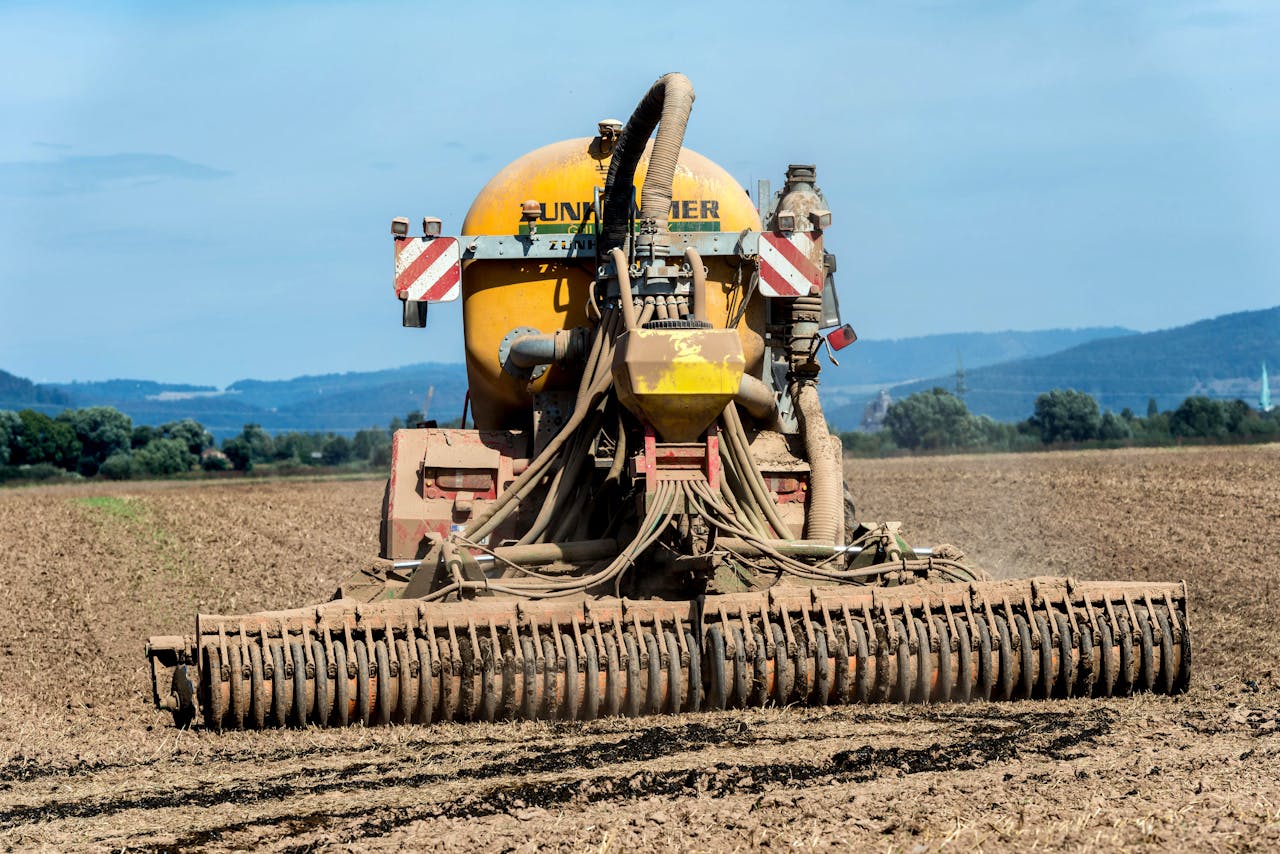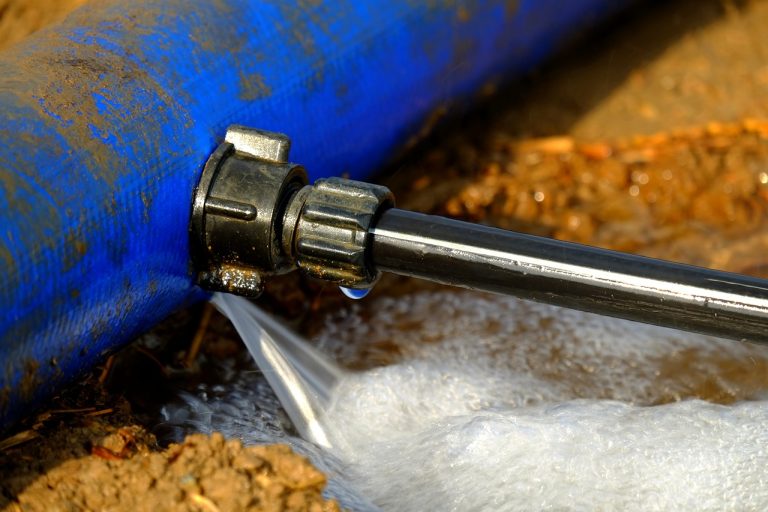The Efficiency of Mechanical Harvesters in Cotton Farming
In the realm of agriculture, technological advancements have played a pivotal role in revolutionizing traditional farming practices. One such innovation that has significantly impacted cotton farming is the advent of mechanical harvesters. These sophisticated machines have transformed the way cotton is harvested, offering increased efficiency, reduced labor costs, and enhanced productivity. In this blog post, we will delve into the efficiency of mechanical harvesters in cotton farming, exploring their benefits, functionalities, and the impact they have had on the industry.
Understanding Mechanical Harvesters
Mechanical harvesters, often referred to as cotton pickers or harvester machines, are specialized agricultural equipment designed to automate the process of harvesting cotton crops. These machines are equipped with various components and mechanisms tailored to efficiently gather cotton from the fields while minimizing damage to the plants. Unlike traditional handpicking methods, which are labor-intensive and time-consuming, mechanical harvesters streamline the harvesting process, allowing farmers to harvest larger areas of land in a shorter timeframe.
The Efficiency Advantage
One of the primary benefits of mechanical harvesters in cotton farming is their unparalleled efficiency. These machines are capable of covering vast expanses of cotton fields and harvesting the crop at a rapid pace. Compared to manual harvesting methods, which rely on a large workforce to pick cotton by hand, mechanical harvesters require significantly fewer laborers to operate. This reduction in labor costs translates to substantial savings for farmers, making cotton production more economically viable.
Moreover, mechanical harvesters are equipped with advanced technologies that optimize harvesting efficiency. These technologies include automated picking systems, adjustable harvesting heights, and real-time monitoring capabilities. By precisely targeting ripe cotton bolls and avoiding unripe or damaged ones, mechanical harvesters ensure higher yields and superior quality of harvested cotton.
Functionality of Mechanical Harvesters
Mechanical harvesters employ a series of intricate mechanisms and components to harvest cotton crops effectively. These machines typically consist of a harvesting unit mounted on a chassis, which is propelled through the fields by a tractor or self-propelled engine. The harvesting unit comprises rotating spindles or bars equipped with specialized picking mechanisms that grasp the cotton bolls and pull them from the plants.
As the harvester moves through the cotton fields, the picked cotton is conveyed through a series of cleaning and sorting mechanisms to remove impurities and separate the lint from the seeds. Advanced models of mechanical harvesters may also feature onboard processing capabilities, allowing for immediate ginning and packaging of the harvested cotton.
Impact on the Cotton Farming Industry
The introduction of mechanical harvesters has had a profound impact on the cotton farming industry. These machines revolutionize traditional harvesting practices and drive increased efficiency and productivity. With the adoption of these machines, cotton farmers have been able to expand their operations, cultivate larger areas of land, and increase overall production volumes.
Furthermore, mechanical harvesters have helped alleviate the labor shortage issues faced by many cotton-producing regions. By reducing the dependency on manual labor, these machines have provided a solution to the challenges associated with recruiting and retaining farm workers, particularly during peak harvesting seasons.
Additionally, the efficiency and precision of mechanical harvesters have led to improvements in the quality of harvested cotton. By minimizing damage to the cotton fibers and ensuring timely harvesting of ripe bolls, these machines contribute to higher-grade cotton output, which commands premium prices in the market.
Challenges and Considerations
While mechanical harvesters offer numerous advantages, their adoption is not without challenges and considerations. One of the primary concerns is the initial investment required to purchase and maintain these machines. Mechanical harvesters represent a significant capital expenditure for farmers, particularly small-scale operators who may struggle to afford the upfront costs.
Moreover, the operation and maintenance of mechanical harvesters require specialized skills and technical knowledge. Farmers need to undergo training to operate and troubleshoot these complex machines effectively, which can pose challenges in regions with limited access to training resources.
Environmental impact is another consideration associated with the use of mechanical harvesters. While these machines offer benefits in terms of efficiency and productivity, they also consume fuel and emit greenhouse gases during operation. However, advancements in engine technology and the adoption of sustainable farming practices aim to mitigate these environmental concerns.
In addition to their efficiency and productivity benefits, mechanical harvesters offer several other advantages that contribute to their widespread adoption in the cotton farming industry.
- Precision Agriculture: Mechanical harvesters are equipped with advanced sensors and GPS technology that enable precise navigation and mapping of the fields. This allows farmers to optimize their harvesting routes, minimize overlaps, and reduce wasted resources such as fuel and time.
- Data Collection and Analysis: Many modern mechanical harvesters are equipped with onboard computers and data logging systems that collect valuable information during the harvesting process. This data includes yield metrics, field conditions, and performance indicators, which can be analyzed to optimize farming practices and inform decision-making for future seasons.
- Labor Efficiency: By automating the harvesting process, mechanical harvesters enable farmers to reallocate labor resources to other essential tasks such as crop maintenance, irrigation, and pest control. This improved labor efficiency contributes to overall farm productivity and profitability.
- Adaptability to Different Conditions: Mechanical harvesters are designed to operate in various terrains and weather conditions, allowing farmers to harvest cotton crops efficiently regardless of external factors such as soil moisture levels or temperature fluctuations. This adaptability enhances the resilience of cotton farming operations and reduces the risk of yield losses due to adverse weather events.
- Long-Term Cost Savings: While the initial investment in mechanical harvesters may be substantial, their long-term cost savings outweigh the upfront expenses. These machines offer a significant return on investment over their operational lifespan by reducing the need for manual labor and increasing harvesting efficiency.
In conclusion, mechanical harvesters represent a transformative technology in the cotton farming industry, offering a multitude of benefits beyond their primary function of harvesting crops. From increased efficiency and productivity to data-driven decision-making and long-term cost savings, these machines continue to drive innovation and advancement in modern agriculture. As technology continues to evolve, mechanical harvesters will likely play an even more significant role in shaping the future of cotton farming worldwide.





